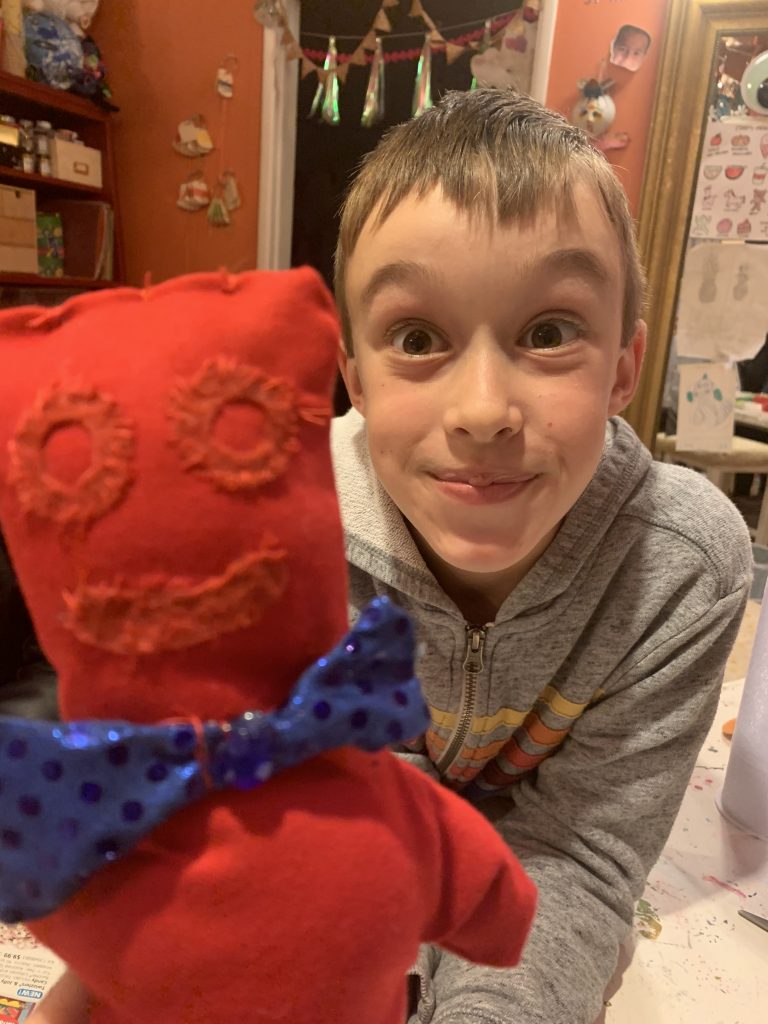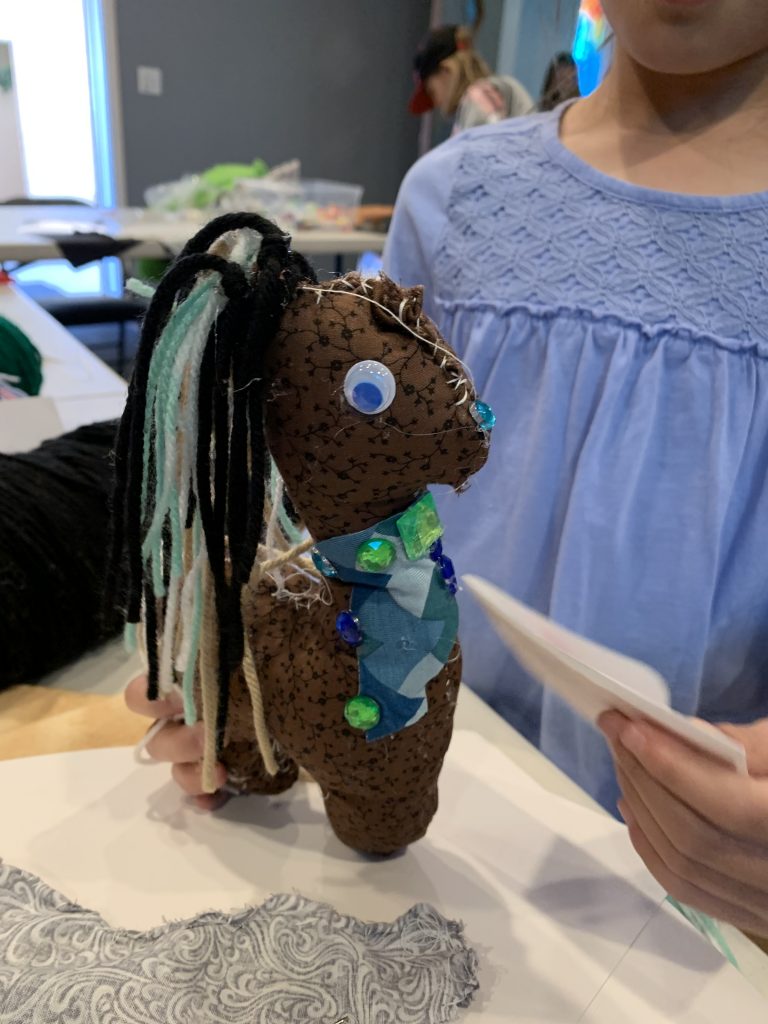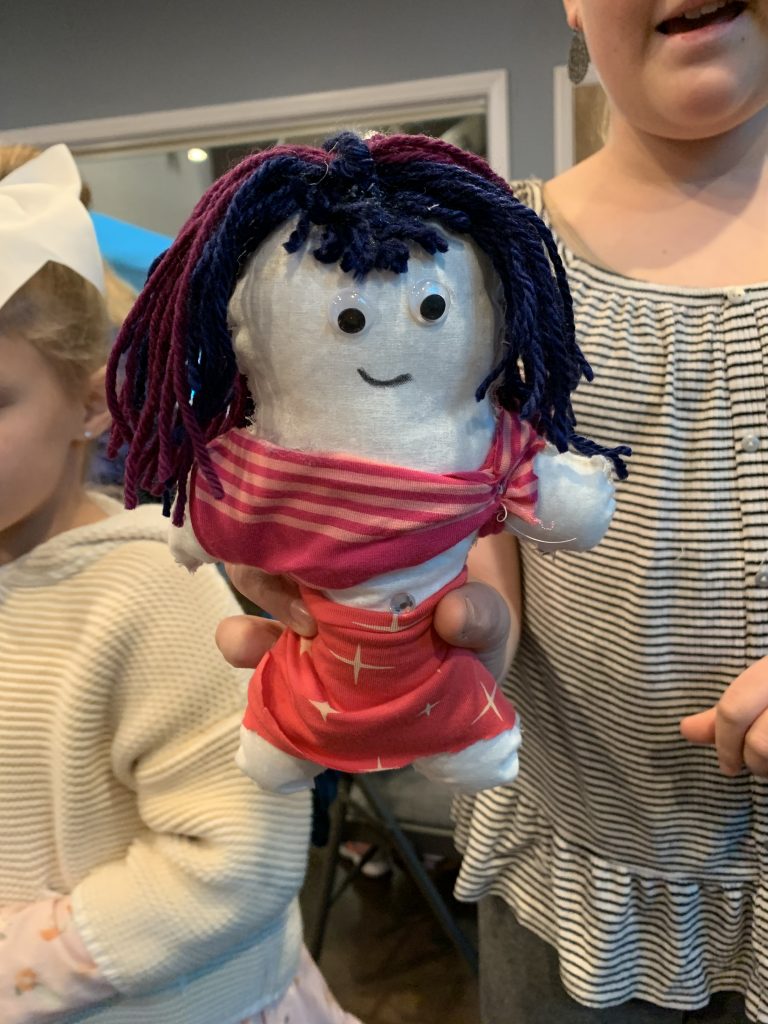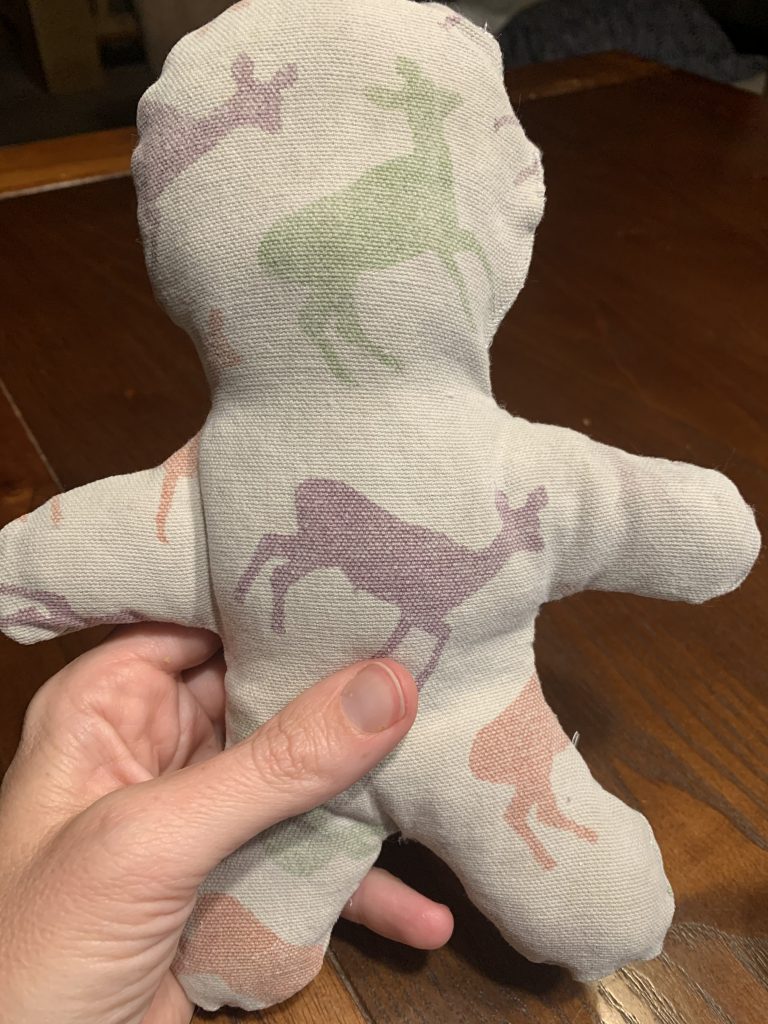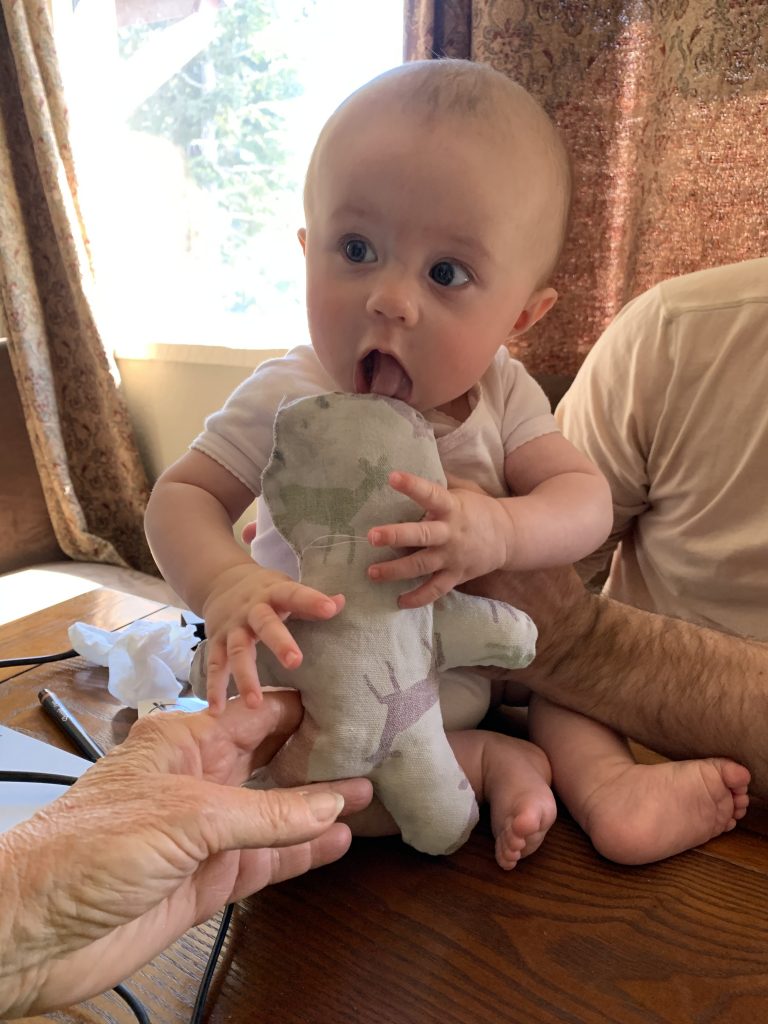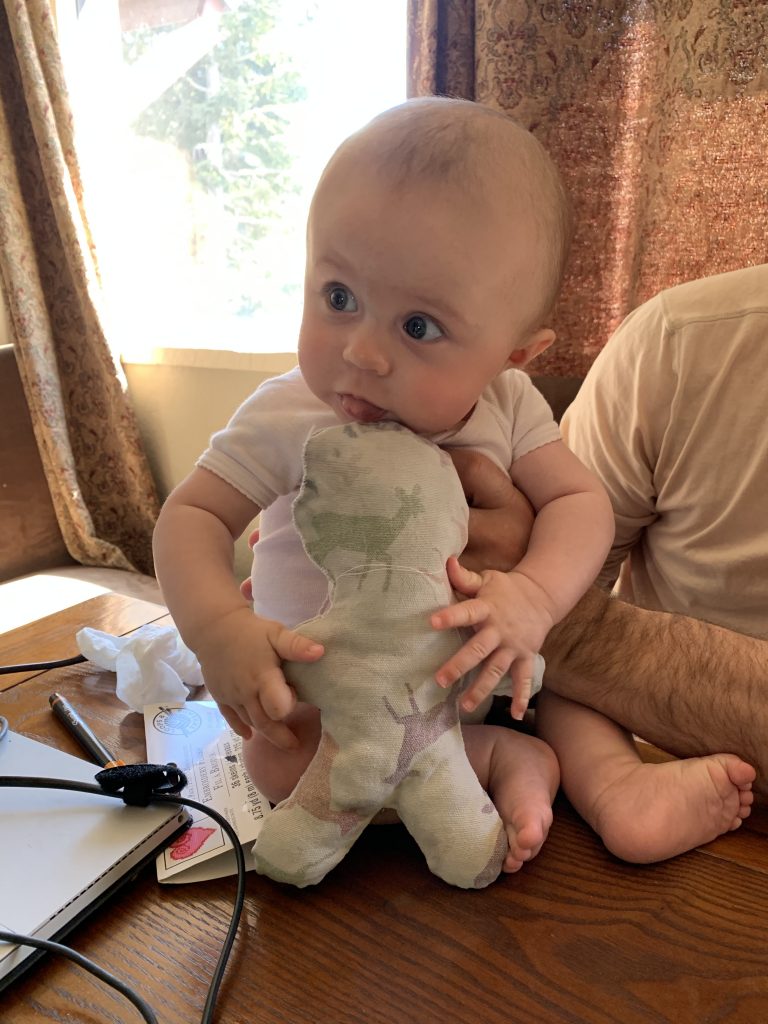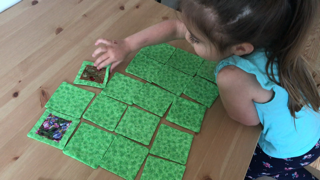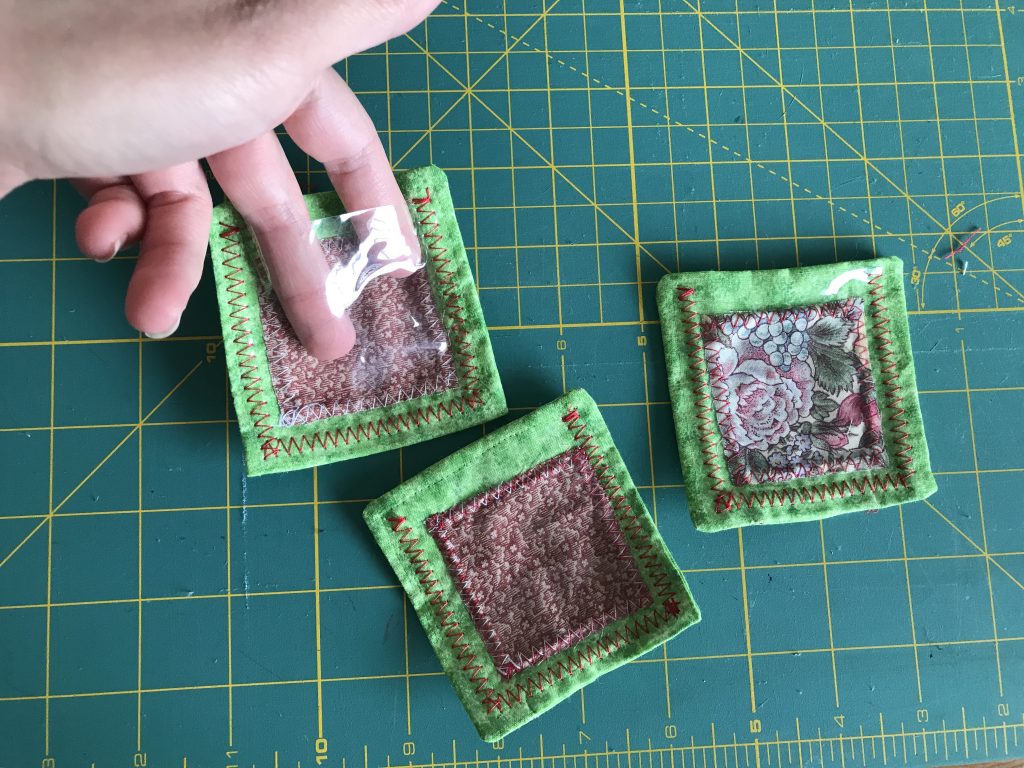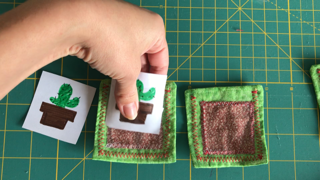Grab Bag Challenge Week 2: Paper Dolls!
Last week’s grab bag challenge was too cute. Each student was given a paper with a doll outline on it to use as they wanted. Their bags were full of random fabrics, buttons, chain, tulle, yarn, gems, ribbons and more! We absolutely loved to see how the material was put to use. So many clever ideas—these kids clearly have an eye for fashion!


Thank you to all who participated! We went back and forth for so long and finally decided that we just couldn’t pick a winner this round!! There were too many amazing pieces. So, instead of a winner, we are going to add a little goodie to everyone’s bag who participated this week since we think you ALL deserve a prize.
Here are the photos and videos we received of everyone’s pieces. Hope you all enjoy seeing them as much as we did!
Alexa:

Amerie:

Audrey:

Billie:

Bria:


Cat:




Darwin:


Emmy:



Lila:

Lily:


Lisey:

Nahlia:

Savannah:

Scarlett:

And here are all of the video submissions!!
Mia:
Olivia:
And.. some of our above designers submitted videos too! To see all videos, see our Vimeo Channel!
















